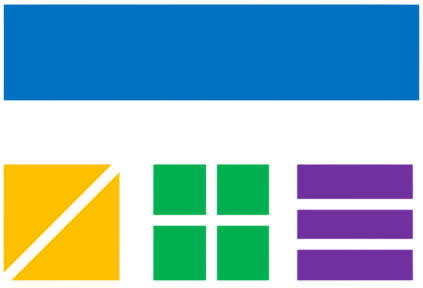Binary Calculator Information
About Binary Calculator
The Binary Calculator is a powerful tool for converting numbers between different number systems: binary (base-2), decimal (base-10), hexadecimal (base-16), and octal (base-8). This calculator is essential for programmers, computer scientists, and anyone working with digital electronics.
Whether you're debugging code, learning computer science concepts, or working with embedded systems, this calculator provides accurate conversions with a clean, user-friendly interface.
Supported Number Systems
Binary (Base-2)
Uses only 0 and 1 digits
Example: 1010₂ = 10₁₀
Decimal (Base-10)
Standard number system using 0-9
Example: 42₁₀ = 101010₂
Hexadecimal (Base-16)
Uses 0-9 and A-F digits
Example: 2A₁₆ = 42₁₀
Octal (Base-8)
Uses digits 0-7
Example: 52₈ = 42₁₀
How to Use
- Enter the number you want to convert in the "Number Value" field
- Select the base of your input number from the "From Base" dropdown
- Select the base you want to convert to from the "To Base" dropdown
- Click "Calculate" to see the conversion result
- The calculator will show the converted value along with all other base representations
Common Use Cases
Programming and Debugging
Convert memory addresses, bit patterns, and numeric constants between different representations commonly used in programming languages.
Computer Science Education
Learn about number systems, binary arithmetic, and how computers represent and process data.
Digital Electronics
Work with binary logic, circuit design, and understanding how digital systems process information.
Network Administration
Convert IP addresses, subnet masks, and other network-related values between different formats.
Conversion Examples
| Decimal | Binary | Hexadecimal | Octal |
|---|---|---|---|
| 10 | 1010 | A | 12 |
| 255 | 11111111 | FF | 377 |
| 1024 | 10000000000 | 400 | 2000 |
Tips and Best Practices
- For hexadecimal input, you can use either uppercase (A-F) or lowercase (a-f) letters
- The calculator automatically validates input based on the selected base
- Binary numbers should only contain 0s and 1s
- Octal numbers should only contain digits 0-7
- Decimal numbers should only contain digits 0-9
- Hexadecimal numbers can contain digits 0-9 and letters A-F
- Results are displayed in a clear table format showing all base representations
Why Use Different Number Systems?
Binary (Base-2)
The fundamental language of computers. All digital data is ultimately stored and processed as binary numbers.
Decimal (Base-10)
The number system we use in everyday life. Easy for humans to understand and work with.
Hexadecimal (Base-16)
Commonly used in programming because it's more compact than binary and easily converts to binary (each hex digit represents 4 binary digits).
Octal (Base-8)
Historically used in computing, especially in Unix systems. Each octal digit represents 3 binary digits.
Important Disclaimers
Disclaimer: This calculator provides estimates for educational purposes only. Conversion factors are based on standard mathematical definitions.
For critical applications such as software development, embedded systems, or digital electronics, always verify results with professional tools and consult with qualified engineers.
This calculator is not a substitute for professional development tools or mathematical software. Always use appropriate precision for your specific use case.
